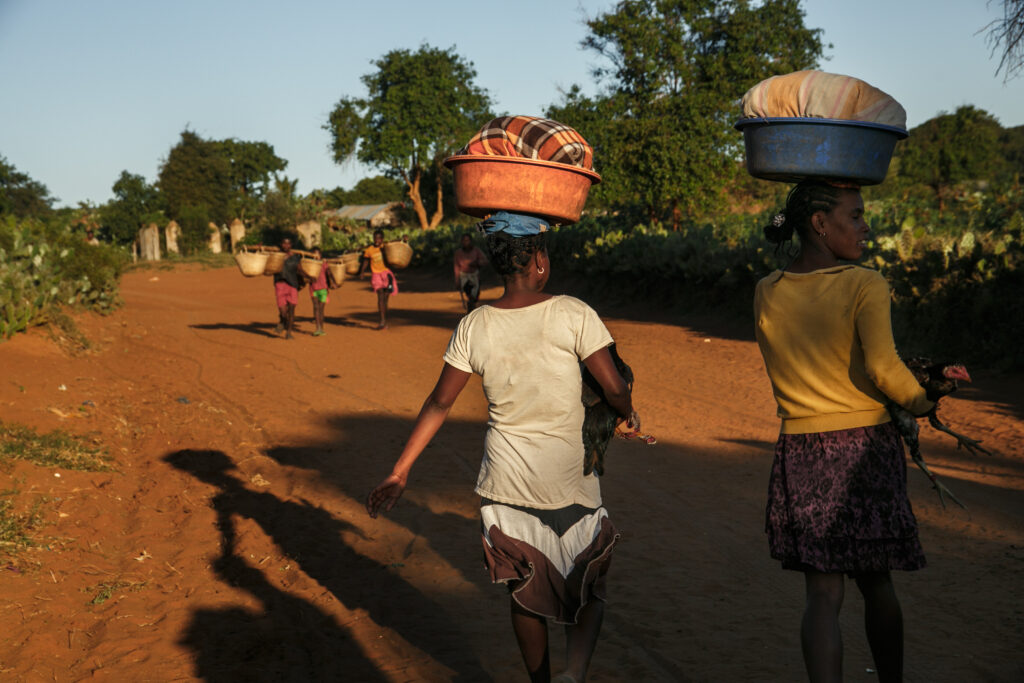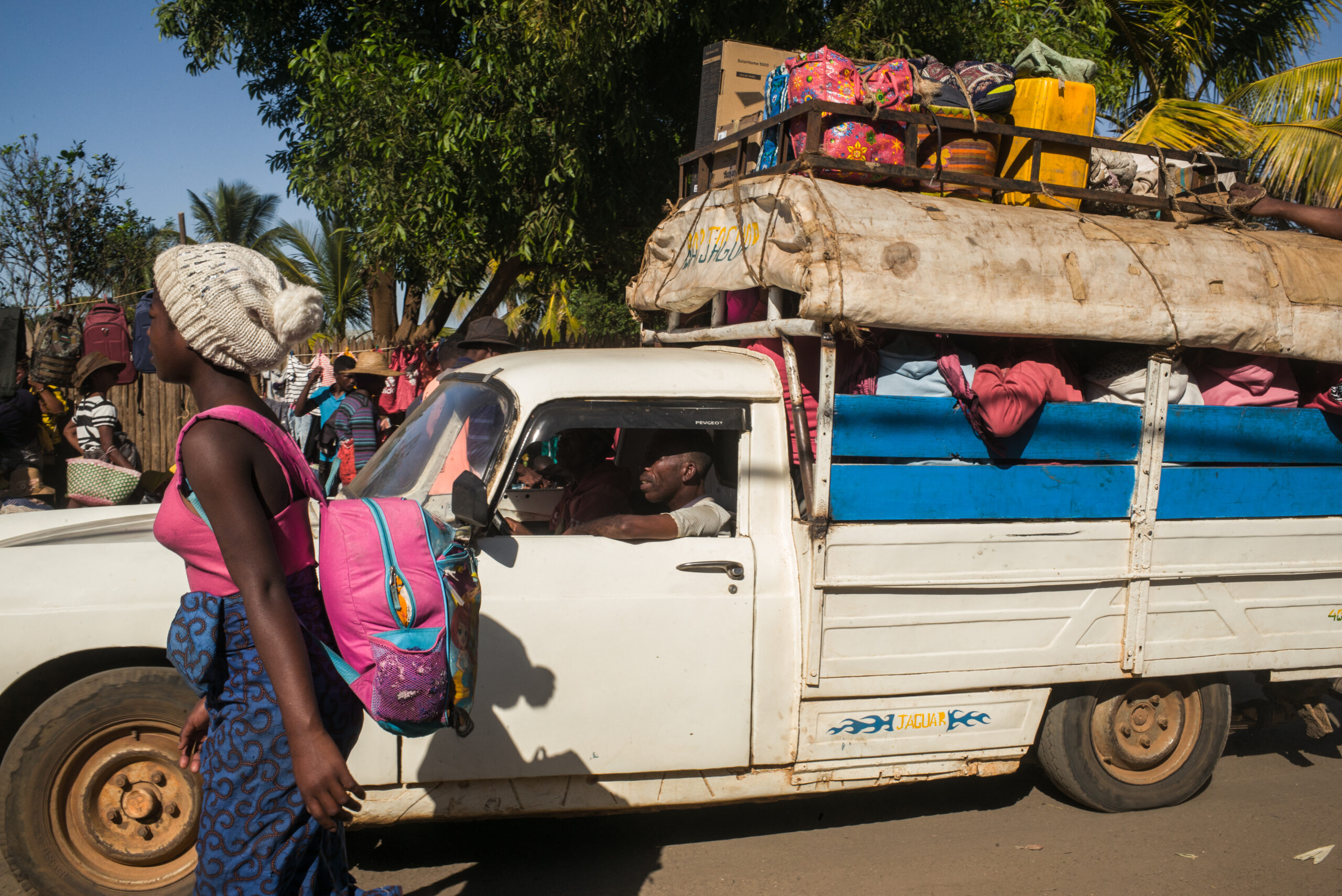“Displaced women came to us seeking antenatal and postnatal care, emergency contraception, condoms, menstrual kits, and clean birth delivery kits. I know of two women who came to us in labour, and our midwives brought them into our care, delivering their babies safely into the world in the back of a van.”
Dr Tasneem Fatima, Director of health services for MSS (MSI’s partner organisation in Pakistan) reflecting on the aftermath of the Pakistan floods in 2022.
Climate change is not just an environmental issue. It’s a health crisis has the biggest impact on the most vulnerable members of society, particularly women and adolescent girls.
The effects of climate change are already profoundly impacting the health and wellbeing of communities globally.
The Asia and Pacific regions are especially vulnerable: evidence shows they’re warming faster than the global average, and are home to a large number of countries that are susceptible to sea level rises.
For many of the women we serve, the climate crisis is an everyday reality.
Sexual and reproductive health during crises
Many women around the world lack autonomy even in times of stability. During crises, including climate crises, the right to bodily autonomy is often eroded – with devastating impacts.
Humanitarian crises put women and girls at a higher risk of unwanted pregnancy by increasing their risks of sexual and gender-based violence, coercive sex, human trafficking, child marriage and other forms of sexual exploitation and violence.

Research shows:
– During humanitarian crises, one in five women and girls report experiencing sexual violence.
– Sixty percent of preventable deaths due to childbirth or pregnancy occur during conflict, displacement, or natural disasters.
– Child marriage has been seen to increase during humanitarian crises, with higher rates of child marriage among affected and displaced communities.
– Our modelling indicates that 14 million women are at risk of losing access to contraception due to climate-related displacement between 2021-2031. This could lead to around 6.2 million unintended pregnancies, 2.1 million unsafe abortions, and 5,800 maternal deaths.
Our approach
MSI teams are in climate-affected communities protecting women’s access to reproductive health services—in Timor-Leste, Senegal, Vietnam and beyond. For our teams and clients on the frontline of the climate crisis, the link between climate justice and women’s reproductive rights could not be clearer.
Our contribution to the climate and conservation sector is based on the provision of voluntary, quality sexual and reproductive health and family planning services. We are champions of choice. We focus on ways in which our work gives communities the agency to adapt and develop climate-resilient solutions.
For example, with the support of the Australian Department of Foreign Affairs and Trade through its ANCP program, in Pakistan we’re partnering with climate change experts to deliver sexual and reproductive health information and resources to communities affected by the 2022 floods. This will support them to better prepare for future climate events and to proactively engage with climate initiatives.
The benefit
Sexual and reproductive healthcare increases girls’ and women’s resilience to climate change.
Whether they are facing displacement or re-entering the workforce to support family income, reproductive choice supports women and girls to adapt. It puts them in control of their own reproductive choices and, by extension, their lives.
Sexual and reproductive healthcare and family planning can also improve engagement in climate action.
When women and girls can choose if and when they get pregnant, they will be more able to initiate and lead efforts in disaster preparedness, response and adaptation.
Supporting the participation of local women and girls will improve community resilience and ensure the prioritisation of women’s health amidst climate challenges.
It will also reduce barriers to taking on decision-making roles at higher levels, enabling women to sit at the table in finding climate solutions. And when we know that when women are at the table, everybody benefits.
Learn more about building climate resilience by protecting women’s reproductive choices in our two-page briefing: Choice and Climate Change

